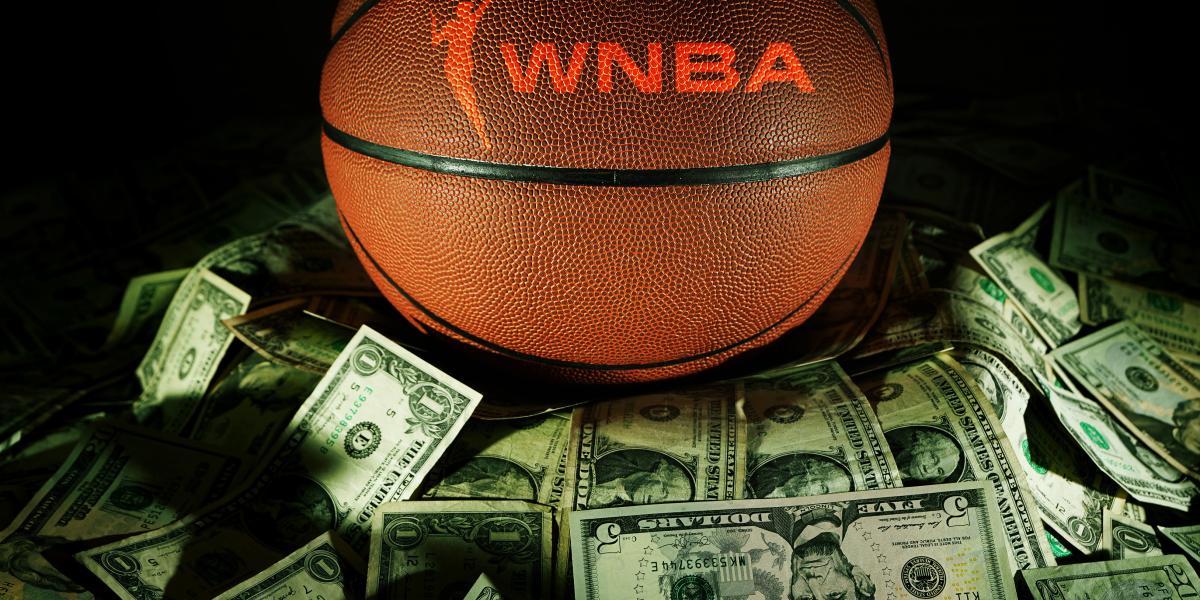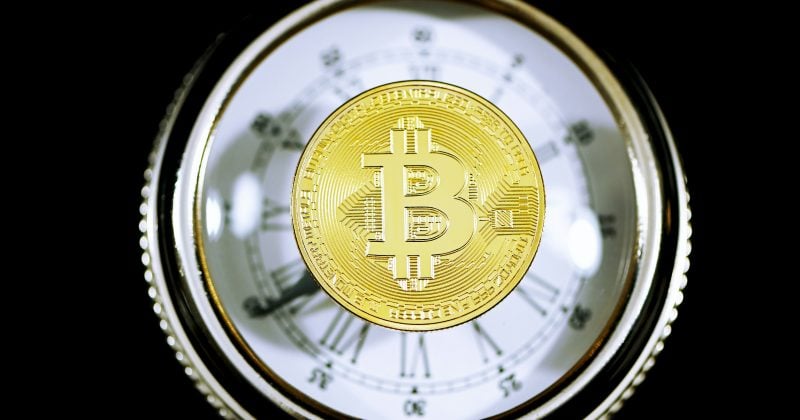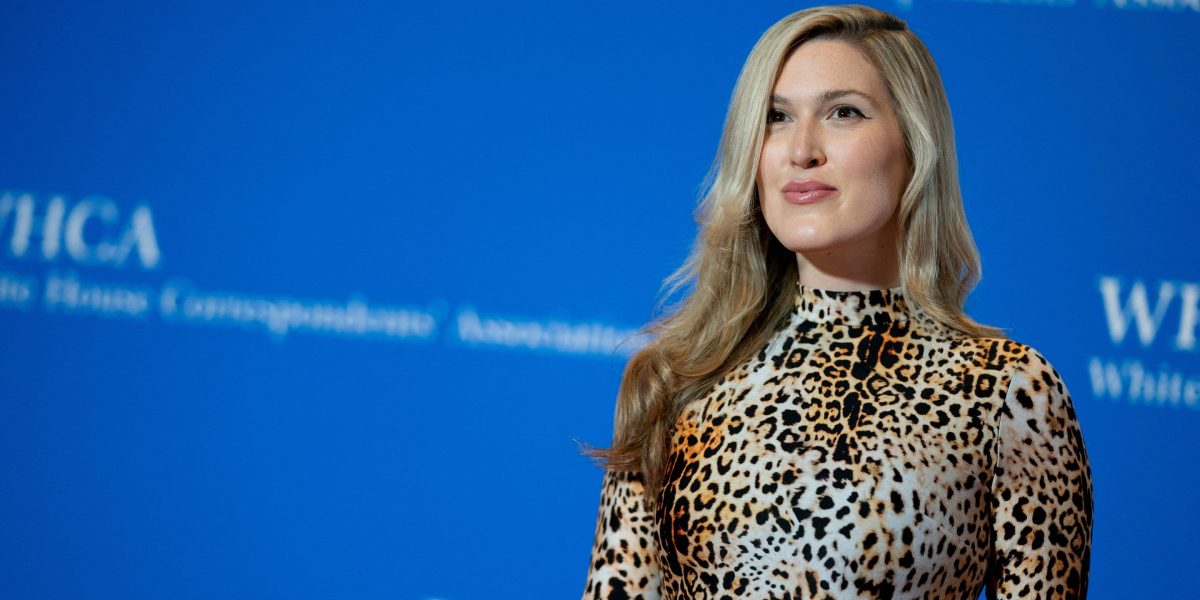More than 16,000 people showed up at the WNBA All-Star game July 19, but the big news wasn’t that Team Collier pummeled Team Clark by the grotesque score of 151-131, or even that this was the highest-attended WNBA All-Star game in the league’s history. Instead, the big news was that the players pre-game wore T-shirts with a demand to the league: “Pay Us What You Owe Us.”
Last month, I took issue with claims that WNBA players were underpaid, as I pointed out—using the economic analysis of the Austrian School of economics—that, given the lack of profitability by the league, the notion that the players are experiencing an “economic injustice” is ludicrous. Others, such as sports columnist Skip Bayless have pointed out that the only reason that the WNBA has seen the growth that has brought on the demand for higher pay has been the arrival of Caitlin Clark, something that the rest of the league has been unwilling to admit.
While people speak of the WNBA’s growth in fans and merchandise sales with the arrival of Clark last year, the numbers must be put into perspective. For example, the WNBA recently signed a 11-year, $2.2 billion media rights deal with Disney, Amazon Prime Video, and new rights-holder NBCUniversal. That number could grow to about $3 billion with other media partnerships, such as current deals with ION and CBS.
However, that number must be put into perspective. The NBA recently signed an 11-year, $76 billion deal which means that Disney (ABC and ESPN), Comcast (NBA and Peacock) and Amazon will broadcast NBA games through the 2035-36 season. As one can see, while the WNBA’s deal is impressive from where the league had been, it is less than three percent of the NBA agreement.
At the present time, the average WNBA base salary is $102,249, while the average NBA salary is $11,910,649. In the NBA, the players’ share of the league revenues is between 49 and 51 percent while in the WNBA, the players’ share of the league revenues is 9.3 percent. So, doing some simple math, the WNBA players are demanding the same percentage of revenues as their male counterparts, thus what they are “owed.”
There is a problem with those calculations, however. The most recent count for WNBA revenues is $200 million, while two years ago, revenues for the NBA passed $11 billion. Both leagues have expenses well beyond player salaries, and even with the WNBA’s newfound popularity, the league lost $40 million last year. Economically speaking, the WNBA is not producing wealth but rather destroying it.
This is not an irregular occurrence, but rather a standard feature of the WNBA since its founding in 1997. Had it been an ordinary business, it would have folded years ago, but instead is kept alive in large part because of subsidies from the NBA, which owns 42 percent of the league. Given that this arrangement has lasted for the past 28 years, it is doubtful that the NBA will pull the plug anytime soon. But while the WNBA players are demanding more “revenue sharing,” they ignore the fact that revenues are not what is significant; profits are. Should the players be paid via 50 percent of the revenues, as they are demanding, the league’s losses would grow significantly, enough to scare off potential investors and possibly the NBA itself.
Why is the WNBA losing money while salaries are less than 10 percent of revenues while the NBA is profitable even when half of its revenues are spent on the players? The simple answer is that the NBA has more than $5 billion to pay its other expenses while the WNBA would have only about $100 million for all other expenses if the league’s leadership were to give into the players’ demands.
As I noted in my June article, Nobel-winning economist Claudia Goldin wrote in a New York Times op-ed that “nothing can justify this extraordinary pay gap” between NBA and WNBA players. Her reasoning, however, was not based upon revenues generated but rather upon a formula she created that looks at television viewing audiences for league games in which she claimed would set the “justified” WNBA salary at about “roughly one-quarter to one-third of the average N.B.A. salary to achieve pay equity.”
Goldin was thinking like a feminist academic, not as an economist. Salaries are paid by real funds, not abstract formulas. She, along with many of the league’s players and fans, believes that all that is needed is for the WNBA management to significantly boost salaries and the money needed will “come from somewhere.” Sports analyst and talk show host Pat McAfee reflects that thinking:
“If we’re already losing $40 million, could you not just bump [the players’ salaries] up to at least six figures?” McAfee said. “$70,000 as a paycheck is a very—that’s an embarrassment. Especially for Caitlin Clark and all these people in professional sports.
“With how long the WNBA has been around, to say the $40 million loss is the reason you can’t give them money, that should be pretty easy to make happen. If you just add $30,000 to each one of them, get that up to over $100,000. That’s another like $4.6 million, so you’re $44.6 million this way, there has to be $4 million you can find somewhere in here that you can give up to give the players at least a little more money.”
And yet, as sportswriter Skip Bayless has pointed out, when Caitlin Clark came to the WNBA last year as a near-force of nature that provided a huge boost in fan interest in the league, the response of most of the players bordered on violence, as Clark faced hard fouls, physical attacks, and other signs of disrespect as the players simply could not accept the presence of a white and sexually straight superstar. While the players might be serious basketball players—and the American women’s basketball teams have dominated the recent Olympic Games—they clearly are not serious about accepting what must be done to improve their pay prospects.
As I have written before, the WNBA owes its existence and longevity to the politics of sex and race. Even with the boosted interest in the league following the entrance of Caitlin Clark, the long-term prospects for profitability for the WNBA probably are not good. The fact that the league’s top officials have shown no desire to protect Clark from physical attacks on the court demonstrates that they really are not serious about making the WNBA anything more than what it currently is: a charity that keeps women basketball players in this country employed. In the meantime, economically speaking, should the WNBA player receive their discounted marginal value product to the WNBA, they would find that number to be zero.


























